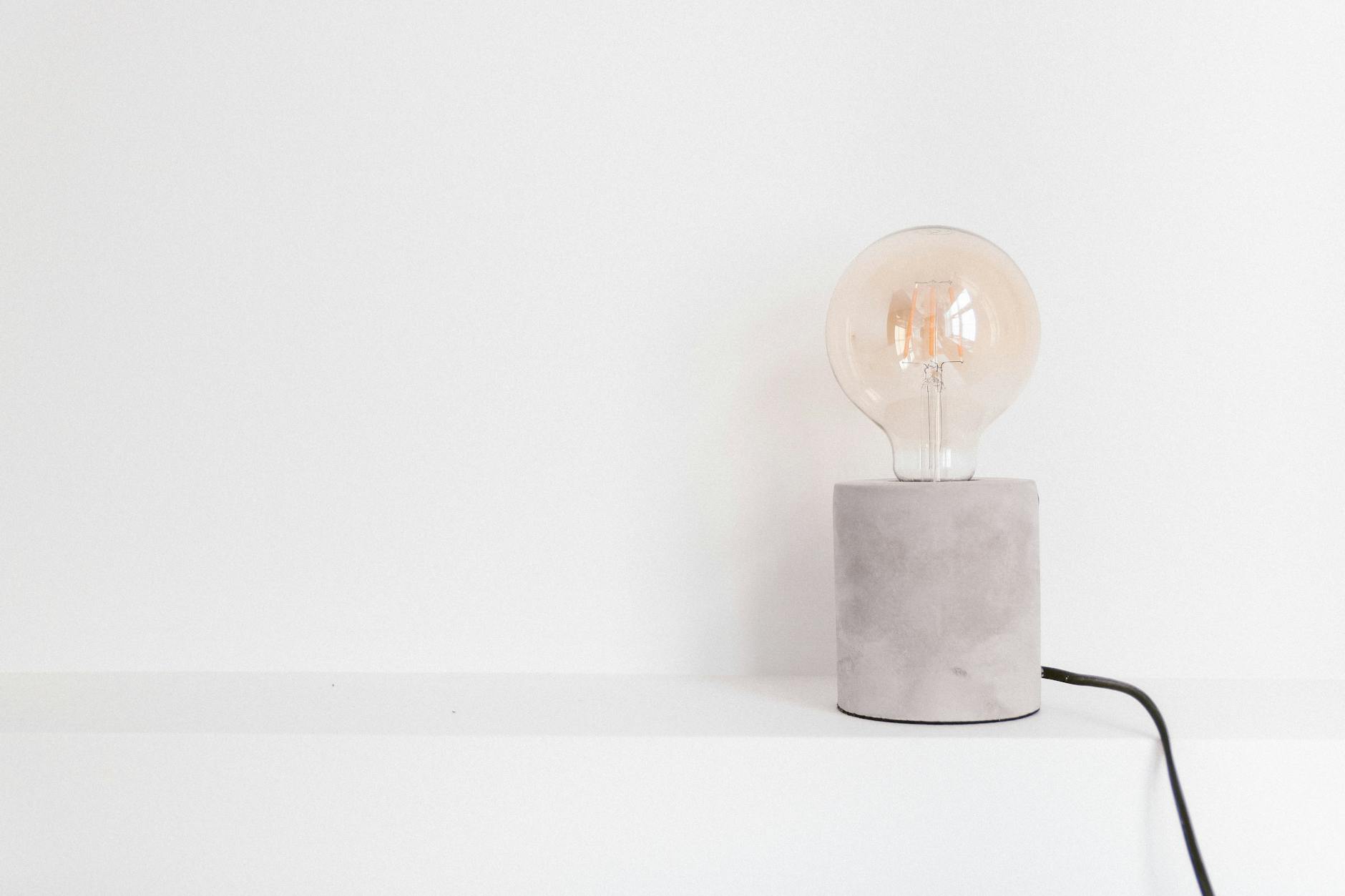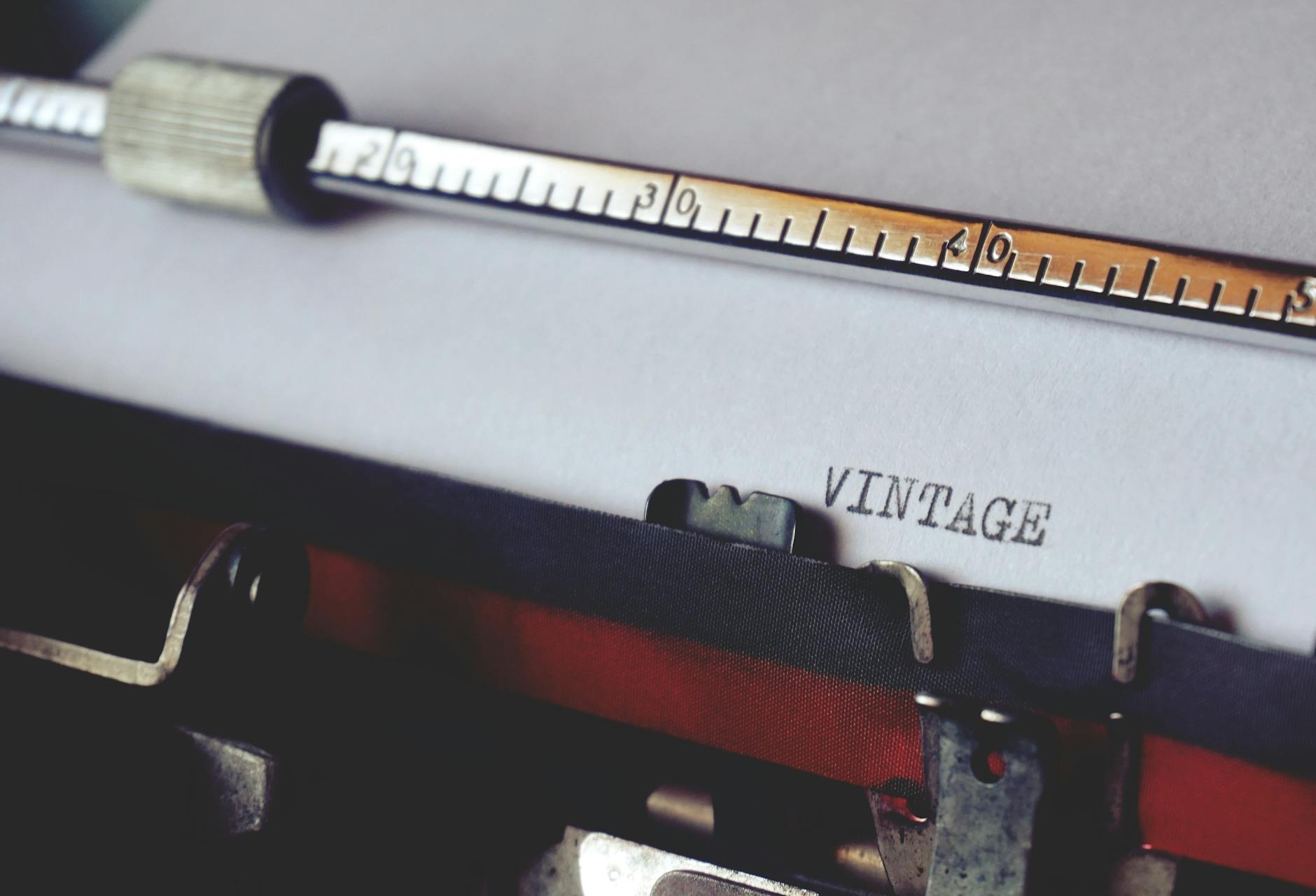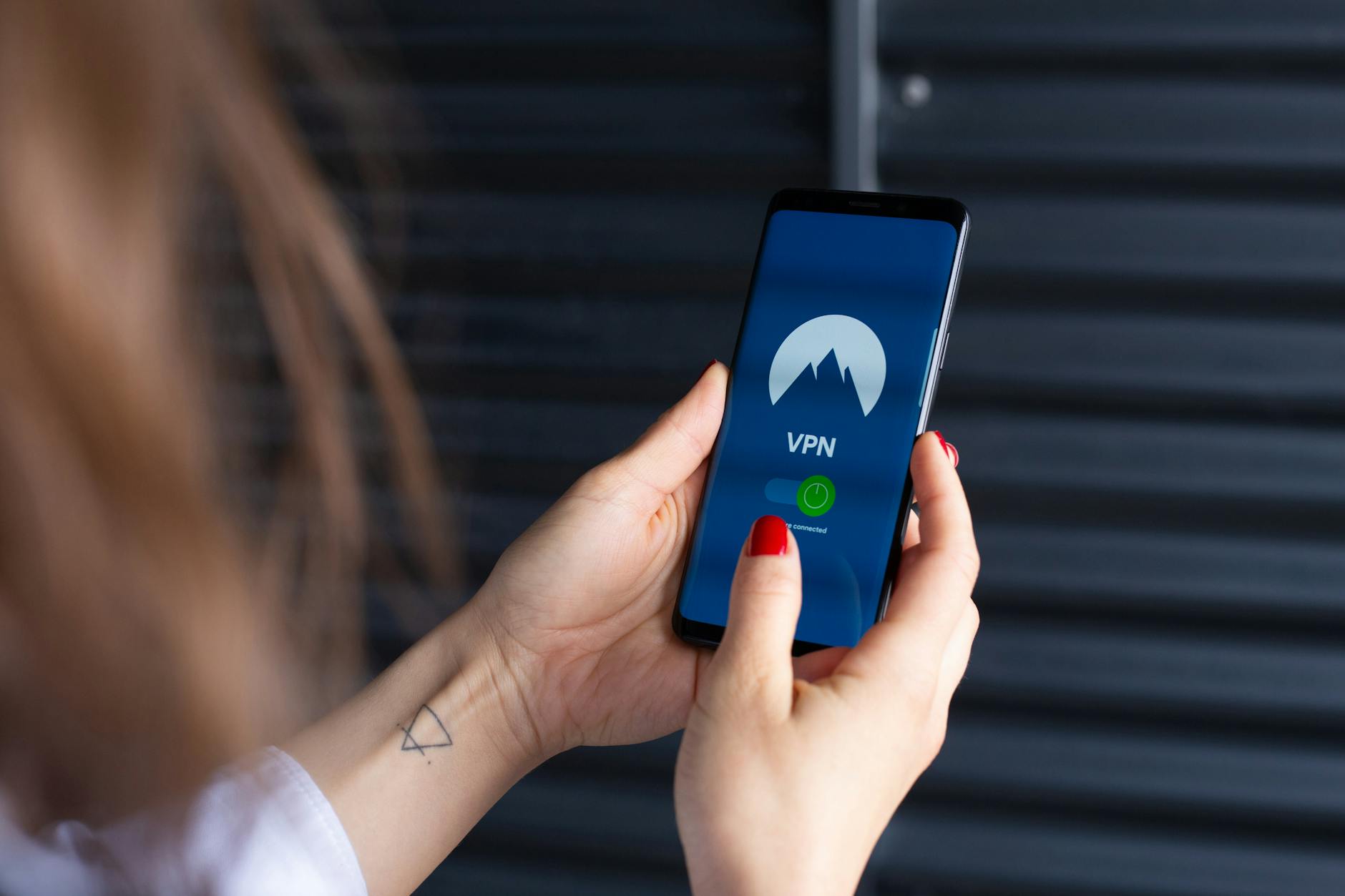Could Modern AV Solutions Redefine Your Experience in Australia?

Enhancing Communication in Therapy
Utilizing Hearing Loops
In therapeutic settings, especially when working with clients who have hearing impairments, hearing loops can be a game-changer. These systems enhance audio clarity by transmitting sound directly to hearing aids or cochlear implants. Nestled within the modern architecture of Sydney's vibrant city, much like the iconic Sydney Opera House, the intricate design of hearing loops aims for the perfect balance between accessibility and elegance. When considering communication in therapy, they ensure every word is clearly heard, reducing the noise interference that can be prevalent in busy environments.
Incorporating Acoustic Panels
Acoustic panels are another gem in the world of therapy environments. These panels are designed to manage sound reflections within a room, minimising echo and improving spoken word clarity. Use them strategically on walls and ceilings to create a calm and clear auditory environment. When selecting panels, consider both their acoustic properties and aesthetic appeal to ensure they blend seamlessly into the therapy space. It's like choosing the right shade of foundation; it needs to be effective and harmonious.
Implementing Sound Management
Effective sound management in therapy spaces goes beyond just using hearing loops and acoustic treatments. It's about crafting an atmosphere where communication is effortless. Incorporating motorised projector screen technology can help in situations where visuals support spoken communication, reducing distraction. Additionally, ptz cameras allow for efficient remote consultations, rehearsing scenarios with clients, and even recording sessions for further analysis. Each element, much like a well-chosen lipstick shade, plays a pivotal role in enhancing the overall outcome.
Exploring AV Technologies
Latest Hearing Solutions
As a speech pathologist, finding innovative hearing solutions is essential to support inclusive communication. One option I frequently explore is the hearing loop system, which directly broadcasts sound to hearing aids, bypassing background noise. It's a game-changer for clients who struggle with traditional audio setups and can be effectively used in various environments to improve their auditory experience.
Microphones for Speech Analysis
For precise speech analysis, the right microphone makes all the difference. Using high-quality microphones enhances clarity, allowing for a more accurate assessment of speech patterns. In therapy sessions, I often rely on directional microphones, which filter out ambient sounds, directing focus solely on the speech. This approach not only boosts my analysis but also facilitates smoother communication with my clients.
Loudspeakers and AV Cables
Incorporating loudspeakers in therapy and educational settings can amplify important auditory cues, ensuring everyone, including those with hearing challenges, can engage fully. By connecting these loudspeakers with quality AV cables, sound distribution becomes more consistent, fostering an inclusive environment. During consultations, like those near Bondi Beach, understanding how to adjust these setups for different spaces ensures that all participants benefit from optimal sound quality.
Sound technology continues to evolve, giving us new tools to break down communication barriers. By keeping informed, professionals like myself can employ these advances effectively, ensuring clear and accessible communication for all.
Accessible Classrooms
Creating accessible classrooms requires thoughtful planning and integration of AV cables and other equipment to ensure every student, regardless of ability, can fully participate. When we think about designing sound-friendly spaces, it's essential to address the diverse needs of students, especially those with hearing impairments. Incorporating technologies like hearing loops can significantly enhance auditory clarity through microphones and sound systems strategically placed throughout the room.
Setting Up Sound-Friendly Spaces
Setting up an inclusive classroom isn't just about adding new gear; it's about customizing the environment. For instance, installing acoustic panels can absorb excessive noise, creating a quieter space where speech is clearer. This is particularly effective in bustling schools around Sydney, much like the peaceful areas surrounding the Sydney Opera House, where thoughtful architectural design enhances auditory experiences.
Inclusive AV Equipment
Using a universal remote can simplify the management of multiple devices, making it easier for educators to transition smoothly between teaching methods without technical hiccups. Teachers can quickly adjust the volume of loudspeakers or switch between video resources, ensuring every lesson is seamless and engaging for all students. It's crucial that everyone, from teachers to students, can interact with these tools without barriers.
Customizing for Diverse Needs
Tailoring classroom setups based on specific student requirements is vital. Whether it's connecting assistive listening devices via AV cables or adjusting speaker placements for optimal sound distribution, each decision should be student-focused. By delivering customized solutions, educators can foster an environment where every student thrives. This approach ensures no one is left behind, allowing each student to reach their full potential.
Overcoming Integration Challenges
Adapting to Different Settings
As a Speech Pathologist, integrating technology into varied settings can be a thrilling albeit complex task. The key lies in understanding the unique needs of each environment. For instance, a recording microphone can significantly enhance speech analysis by capturing clear audio, which is essential for evaluating and improving clients' communication skills. In therapy rooms, it's vital to tailor each session to the individual's requirements, which might involve setting up specific AV equipment to provide auditory clarity and comfort.
Managing User Experience
Creating a seamless user experience is crucial in therapy and educational settings, especially when dealing with AV technologies. Ensuring ease of use for both practitioners and clients helps foster effective communication and engagement. Incorporating tools like data projectors can amplify visual presentations, making sessions more interactive and accessible. It's essential to simplify operations to avoid any technology-induced frustration that could undermine the session's objectives.
Ensuring Technological Compatibility
Ensuring that all equipment, from hearing loops to microphones, is compatible is a necessary step in enhancing accessibility. Compatibility not only boosts efficiency but also aids in maintaining a coherent system where every piece of technology complements the other. Regular checks and updates can prevent disruptions, aiding in the smooth running of sessions. The goal is to create an environment where technology serves as a bridge rather than a barrier to effective communication.
Best Practices
Effective Training Techniques
Creating a seamless and effective training program is essential for anyone diving into AV technologies. Think of it as prepping your skin before applying foundation—without the proper groundwork, you won't achieve that flawless finish. Start by building clear, concise tutorials that can transform a novice into a tech-savvy pro. Whether you're managing loudspeakers and AV cables or navigating the latest hearing solutions, ensure everyone has hands-on experience. A good blend of visual aids and practice sessions can do wonders, much like how a day at Bondi Beach can rejuvenate your skin.
Keeping Technology Fresh
In the world of AV technologies, staying updated is non-negotiable. Just as you wouldn't use expired foundation, outdated tech can lead to lacklustre performance. Regular software updates and equipment checks should be on your to-do list, similar to scheduling facials at your local beauty salon. Whether it’s upgrading your microphones for speech analysis or enhancing your acoustic panels, keeping things fresh ensures efficiency and high-quality output.
Building Community Connections
Lastly, immerse yourself in the vibrant world of the speech pathologist community. This is akin to attending a makeup masterclass at the Sydney Opera House—connecting with professionals opens doors to new insights. Engage in forums, attend events, and share knowledge; the benefits are as enriching as a stroll through the Royal Botanic Garden Sydney. By fostering these connections, you tap into a wealth of shared learning and expertise, empowering you to elevate your practice continually.


